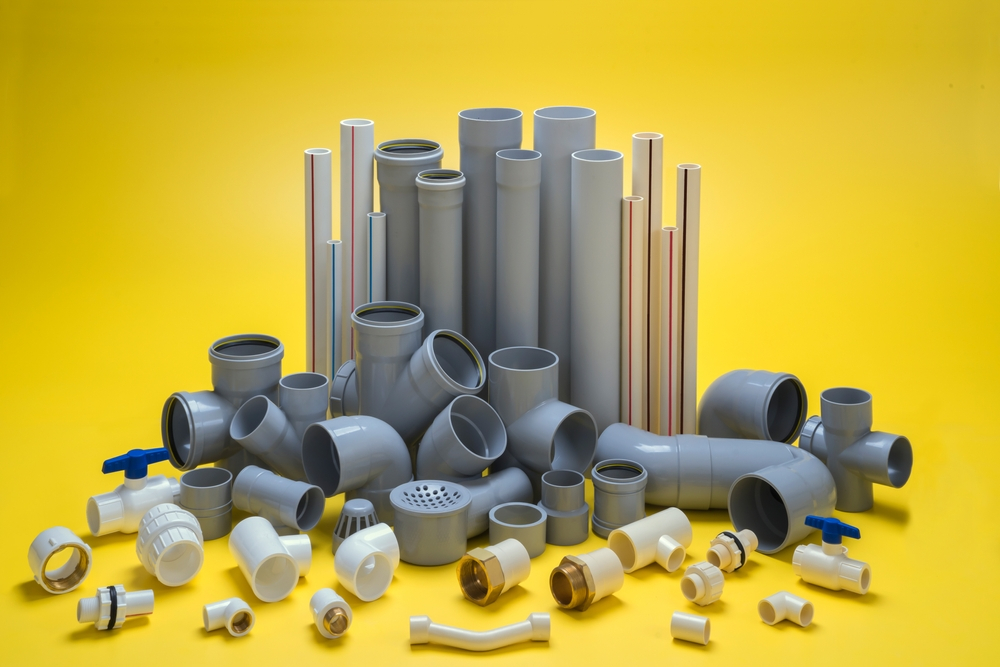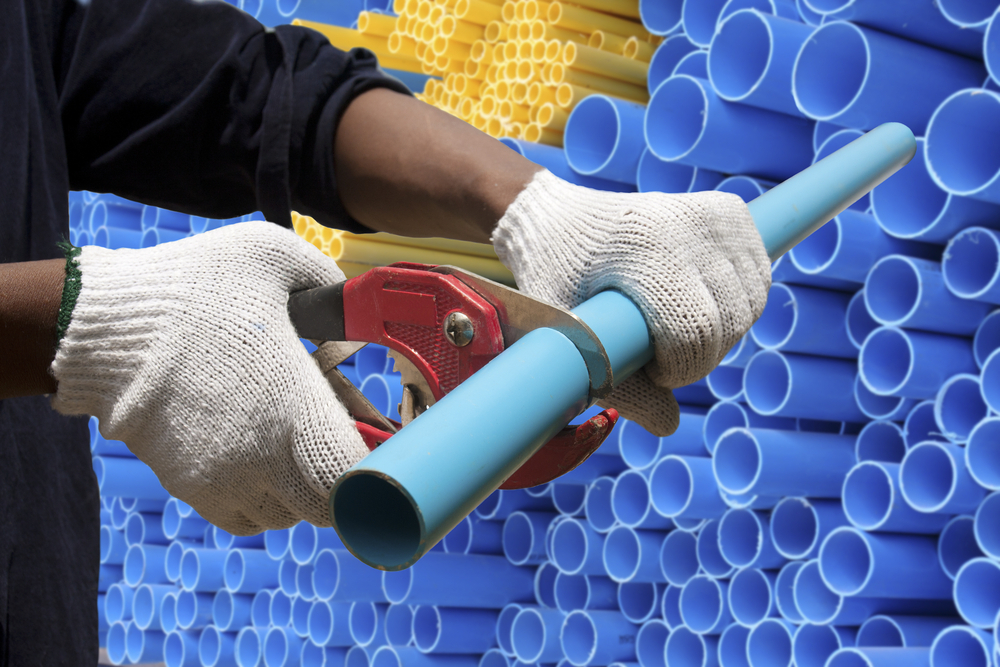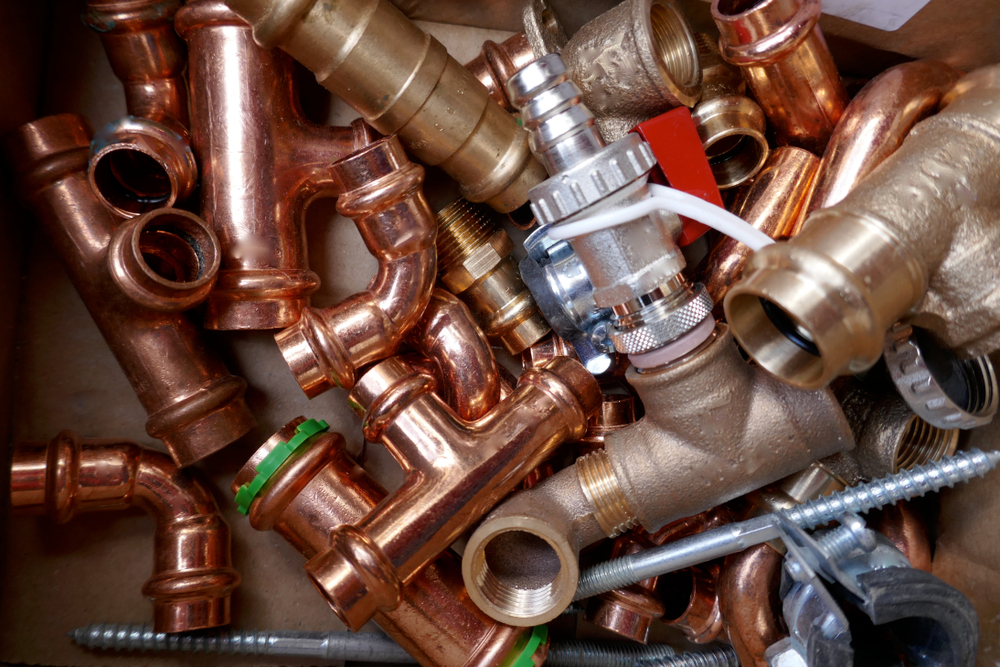Sustainability is no longer just a buzzword. It has become essential in today’s world as we face growing environmental challenges. From reducing carbon emissions to minimizing waste, every choice we make impacts the planet. One often overlooked area is home maintenance—specifically, plumbing materials.
Most people don’t realize how small decisions in plumbing can significantly impact the environment. By choosing sustainable plumbing materials, homeowners can contribute to a healthier planet while also improving their homes’ efficiency. Traditional plumbing materials like PVC and copper have harmful effects on the environment. Their extraction and production consume large amounts of energy, release harmful chemicals, and contribute to resource depletion.
This article will guide you through the importance of choosing sustainable plumbing materials and how they can help create a greener home.
I. What Are Sustainable Plumbing Materials?
Sustainable plumbing materials are designed to minimize environmental impact. They are manufactured using processes that consume fewer resources and generate less waste. In short, they are environmentally friendly, from their production to disposal.
Several sustainable materials are now available that fit this definition. These include recycled materials, natural materials, and energy-efficient options. Some materials may come from reused or reclaimed sources, while others are sourced from renewable resources. For instance, recycled metal pipes or fixtures reduce the need for raw material extraction, and bamboo pipes offer a natural, fast-growing alternative to traditional options.
Ultimately, sustainable plumbing materials aim to protect the environment by using fewer natural resources and creating less waste. These materials have become increasingly popular as homeowners become more conscious of their environmental footprint.

II. Benefits of Using Sustainable Plumbing Materials
There are several advantages to incorporating sustainable plumbing materials into your home. Let’s break them down into key areas:
1. Energy and Water Savings
One of the most immediate benefits is the potential to save both energy and water. Sustainable plumbing materials often include features like low-flow fixtures, which help conserve water. By reducing water usage, you lower your utility bills and lessen the strain on municipal water supplies. In terms of energy, using eco-friendly materials like copper with insulation properties helps reduce heat loss in pipes, leading to more efficient water heating.
2. Reduced Carbon Footprint
Sustainable materials are designed with minimal environmental impact. From their production to their usage, they help reduce carbon emissions. For example, using recycled materials means less energy is needed to produce new items. Additionally, sourcing materials locally reduces the transportation footprint, further contributing to sustainability.
3. Durability and Longevity
Many sustainable plumbing materials are highly durable. Recycled metals and natural materials like bamboo are long-lasting, reducing the need for frequent replacements. This means fewer materials end up in landfills, and you save money in the long run on repairs and replacements.
4. Healthier Indoor Environment
Sustainable plumbing materials often contribute to better indoor air quality. Traditional materials like PVC can emit harmful chemicals over time, negatively impacting indoor air. Eco-friendly options, on the other hand, avoid the use of toxic chemicals, creating a healthier living environment.
By making the switch, you not only contribute to a greener planet but also enhance your home’s energy efficiency and health.
III. Types of Sustainable Plumbing Materials
Now that we understand the benefits, let’s explore some popular sustainable plumbing materials that homeowners can consider. Each has unique features, but they all share the common goal of environmental responsibility.
1. Low-Flow Fixtures
Low-flow fixtures, such as faucets, showerheads, and toilets, are designed to use significantly less water than traditional models. A low-flow toilet, for example, can reduce water usage by up to 60% compared to standard toilets. According to the U.S. Environmental Protection Agency (EPA), households can save up to 13,000 gallons of water annually by using WaterSense-labeled products.
2. Bamboo Pipes
Bamboo is a renewable resource known for its rapid growth rate. It grows faster than hardwoods and doesn’t require chemical treatments during production. Bamboo pipes provide a strong, eco-friendly alternative to traditional metal and plastic pipes. They are biodegradable and can be sourced from renewable bamboo forests.
3. Greywater Systems
Greywater systems are an innovative way to recycle wastewater from sinks, showers, and washing machines. This water, although not drinkable, can be reused for purposes like irrigation or flushing toilets. Installing a greywater system can reduce household water consumption by up to 40%, according to some studies. Not only does this save water, but it also reduces the demand on local water treatment facilities.

4. Recycled Metal Pipes
Recycled metals, like copper or steel, offer another eco-friendly option. Recycled copper pipes have a significantly lower environmental impact compared to newly mined copper. Steel pipes made from recycled scrap also reduce energy consumption during production. These materials are long-lasting, durable, and can be recycled again after use.
Each of these materials has its advantages, and choosing the right one depends on the specific needs of your home. However, they all offer a more sustainable alternative to traditional plumbing materials.
IV. How to Choose the Right Sustainable Plumbing Materials
Choosing the right sustainable plumbing materials can feel overwhelming, but it becomes easier if you know what to look for. Here are a few key steps to guide your decision-making process.
1. Research the Material’s Source
First, ensure the materials you choose come from ethical, sustainable sources. Recycled and renewable materials are preferable, but it’s essential to verify how they were sourced. Look for materials that are certified by recognized environmental organizations. Certifications like the Forest Stewardship Council (FSC) for wood products or the Cradle to Cradle certification can confirm that the material meets high environmental standards.
2. Consider the Production Process
The environmental impact of a material extends beyond its source. The production process also matters. Some materials require intensive energy consumption or release harmful chemicals during manufacturing. Choose materials with minimal processing and low energy requirements. Bamboo, for instance, requires little to no chemical treatment compared to PVC, which is highly energy-intensive to produce.
3. Consult a Professional Plumber
A professional plumber can provide expert advice on which materials suit your home’s plumbing system. Some sustainable options may work better for specific applications, such as low-flow fixtures for bathroom installations or greywater systems for irrigation. Plumbers can also ensure that the chosen materials are compatible with your existing system and meet local plumbing codes.
4. Balance Sustainability with Cost and Functionality
While sustainability is essential, functionality and cost should not be overlooked. Sustainable materials are often more durable, which can lead to long-term savings, but upfront costs may be higher. It’s important to balance these factors, ensuring the materials meet your budget while providing the durability and performance your home requires.
By considering these factors, you can make informed choices that benefit both the environment and your home.

V. Other Eco-Friendly Plumbing Practices
Aside from choosing sustainable materials, there are several additional practices that can help reduce your plumbing system’s environmental impact.
1. Fix Leaks Promptly
Even small leaks can waste thousands of gallons of water over time. A leaky faucet can waste up to 3,000 gallons per year, according to the EPA. Fixing leaks promptly not only saves water but also reduces your water bill.
2. Use Natural Cleaning Products
Many commercial drain cleaners and other plumbing-related cleaning products contain harsh chemicals that harm the environment. Switching to natural alternatives, such as vinegar and baking soda, helps maintain your plumbing system without polluting waterways.
3. Proper Disposal of Old Plumbing Materials
When replacing plumbing materials, it’s important to dispose of the old ones responsibly. Some materials, such as PVC, are not biodegradable and can contribute to landfill waste. Look for recycling programs in your area or consult with a plumber about the best disposal methods. Proper waste management can prevent harmful materials from contaminating the environment.
By incorporating these practices into your home maintenance routine, you can further reduce your environmental impact while maintaining an efficient plumbing system.
Conclusion
Choosing sustainable plumbing materials is a crucial step toward creating a greener, healthier home. By opting for eco-friendly options like recycled metal pipes, low-flow fixtures, and greywater systems, you not only reduce your environmental impact but also improve your home’s efficiency and longevity. Small changes, such as fixing leaks promptly or using natural cleaning products, can make a big difference in reducing water waste and energy consumption.
Each decision we make—no matter how small—contributes to a more sustainable future. By adopting sustainable plumbing practices, you’re helping create a greener planet for future generations. So, the next time you consider a plumbing upgrade, think beyond the traditional options and choose materials that benefit both your home and the environment.
Plumbing Services CA
https://maps.app.goo.gl/31Yt4rhDrainzNJ4A
(279) 203-0765
https://plumbingservicesca.com/
